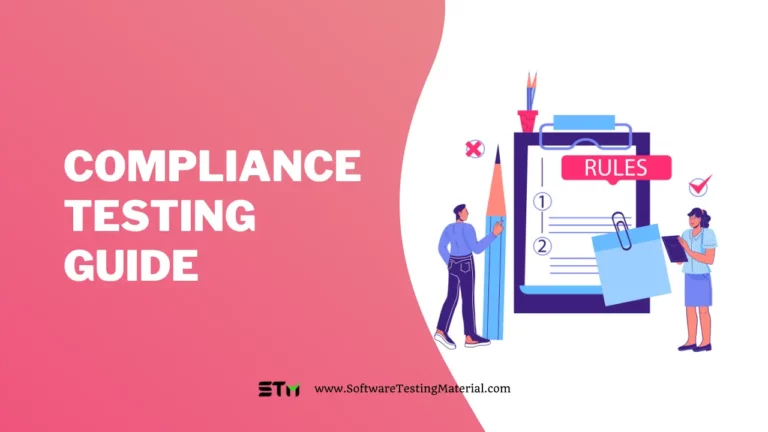Boundary Value Analysis Vs Equivalence Partitioning: Everything You Should Know
When it comes to software testing, Boundary Value Analysis (BVA) and Equivalence Partitioning (EP) are two of the most widely used techniques for designing effective test cases. Both methods aim to identify potential defects and ensure the software functions as expected, but they approach the task from different perspectives. Understanding the distinction between these two techniques is crucial for testers to strategically create efficient test cases and optimize their testing processes. This article explores the key differences between Boundary Value Analysis and Equivalence Partitioning, shedding light on their unique roles and applications in the software testing lifecycle.
What is Boundary Value Analysis?
Boundary Value Analysis (BVA) is a software testing technique used to identify errors at the boundaries of input values instead of focusing only on the middle of the input range. It is based on the idea that errors are more likely to occur at the edges of boundary ranges where conditions change. This method ensures that the software behaves correctly when it processes the lowest, highest, and values just outside the expected range.
For example, let’s say a system accepts input for an age field, where the valid range is 18 to 60. During testing with Boundary Value Analysis, the tester would check the following values:
- 17 (just outside the boundary, invalid input)
- 18 (lower boundary, valid input)
- 19 (just above the lower boundary, valid input)
- 59 (just below the upper boundary, valid input)
- 60 (upper boundary, valid input)
- 61 (just outside the boundary, invalid input)
This technique is especially helpful in detecting bugs that occur when values are at the limits of acceptable ranges. By focusing on these boundary values, testers can quickly identify potential issues and improve the accuracy and efficiency of the software.
Learn more: Boundary Value Analysis Testing Technique
What is Equivalence Partitioning?
Equivalence Partitioning is a software testing technique used to reduce the number of test cases while still ensuring good test coverage. It works by dividing the range of input data into groups or “partitions” that are expected to behave the same way. Instead of testing all possible values, testers choose one representative value from each partition, assuming that all the values in the partition will produce similar results.
For example, if a system accepts an input field for age, where the valid range is 18 to 60, the input can be divided into three equivalence partitions:
- Values below 18 (e.g., 0, 10, 17) – invalid input.
- Values between 18 and 60 (e.g., 18, 30, 45) – valid input.
- Values above 60 (e.g., 61, 70, 100) – invalid input.
From these partitions, the tester would pick one value from each group to test:
- 17 (invalid, below the range),
- 30 (valid, within the range),
- 70 (invalid, above the range).
This technique saves time by avoiding redundant tests for the same type of behavior. It is especially useful for systems with large input ranges, as it allows testers to focus on representative cases instead of testing every single value. By applying equivalence partitioning, testers can quickly identify bugs and ensure the system behaves correctly for different input categories.
Learn more: Equivalence Partitioning Testing Technique
Difference between Boundary Value Analysis and Equivalence Partitioning
By combining both techniques, testers can thoroughly validate the system by focusing on critical boundaries and representative test cases from different input classes. Each method complements the other, ensuring robust testing.
| Aspect | Boundary Value Analysis (BVA) | Equivalence Partitioning (EP) |
|---|---|---|
| Definition | BVA focuses on testing at the boundaries or edges of an input range. | EP involves dividing the input data into partitions or groups where all values are expected to behave similarly. |
| Purpose | To identify errors that occur specifically at the boundary values of the input range. | To reduce the total number of test cases by grouping inputs with similar behavior into equivalence classes. |
| Example | For an age range of 18 to 60, the boundary values are 18, 60, and their adjacent values like 17 and 61. | For an age range of 18 to 60, the partitions would include values below 18, between 18 and 60, and above 60. |
| Test Cases | Focuses on testing the edge values and values just inside and outside the boundaries. | Selects one representative value from each equivalence partition for testing. |
| Coverage | Ensures that boundary conditions are tested with precision to detect edge-specific bugs. | Ensures broad coverage by testing representative values from each input group. |
| Efficiency | Useful for identifying issues right at the edges, which are often error-prone areas. | Useful for reducing redundant test cases by categorizing inputs into meaningful groups. |
| Complexity | May require testing several boundary points for completeness. | Simpler as it focuses on testing only a few representative values from each partition. |
| Best Use Case | When boundary-specific errors are suspected, such as in systems with precise input limits. | When the input range is large and needs to be tested efficiently without overlaps. |
Conclusion
Both Boundary Value Analysis and Equivalence Partitioning are excellent testing techniques, each suited for different purposes. Boundary Value Analysis is ideal when focusing on the edges of input ranges, where errors are more likely to occur. On the other hand, Equivalence Partitioning works best for simplifying testing by dividing inputs into groups and testing just one value from each group. Using both approaches together is often the most effective way to ensure thorough and efficient testing, as they complement each other by covering both edge cases and broader input variations.






